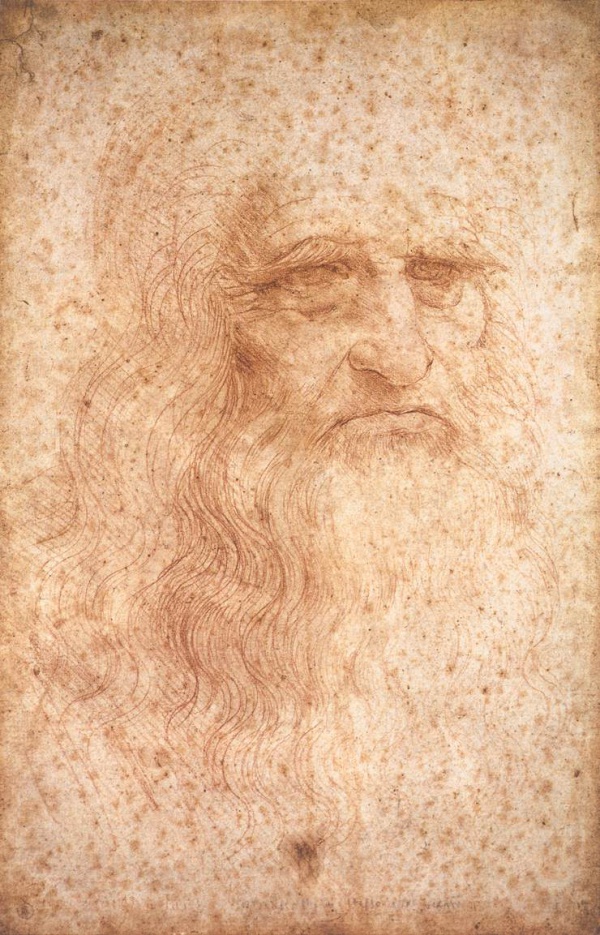Facts About Portrait of an elderly man
The red chalk portrait of a man, housed in the Royal Library of Turin, is often regarded as a self-portrait of Leonardo da Vinci, created when he was about 60 years old. This iconic drawing epitomizes Leonardo as the quintessential "Renaissance Man" though there remains ongoing debate among historians and scholars about the true identity of the individual depicted.
The sketch, made with red chalk on paper, portrays an elderly man with long hair and a flowing beard, features that signify wisdom and experience. The drawing is notable for being executed with the left hand, a hallmark of Leonardo's work. Over time, the paper has developed brownish stains, known as "fox marks" due to iron salt accumulation. Because of its delicate condition, the drawing is rarely exhibited to the public. Researchers have developed nondestructive methods to assess its condition and formulate conservation strategies.
Believed to have been drawn around 1510, the portrait was first assumed to be a self-portrait of Leonardo in the 19th century, based on its similarities to other known works by him and the high quality of the art. However, in the 20th century, some scholars began to question this assumption, suggesting that the man in the drawing might be Leonardo's father or uncle due to the subject's advanced age. Despite this, the portrait is still used today to identify Leonardo in other artworks and historical records.
There are several other portraits of Leonardo, each offering a unique depiction of the artist. These include sketches by Leonardo himself, works by his students, and portrayals by other artists. The attribution of the red chalk portrait to Leonardo remains a topic of debate among experts. Different artworks and historical accounts present Leonardo in various roles and contexts, reflecting the complexity and richness of his artistic legacy.

 France
France